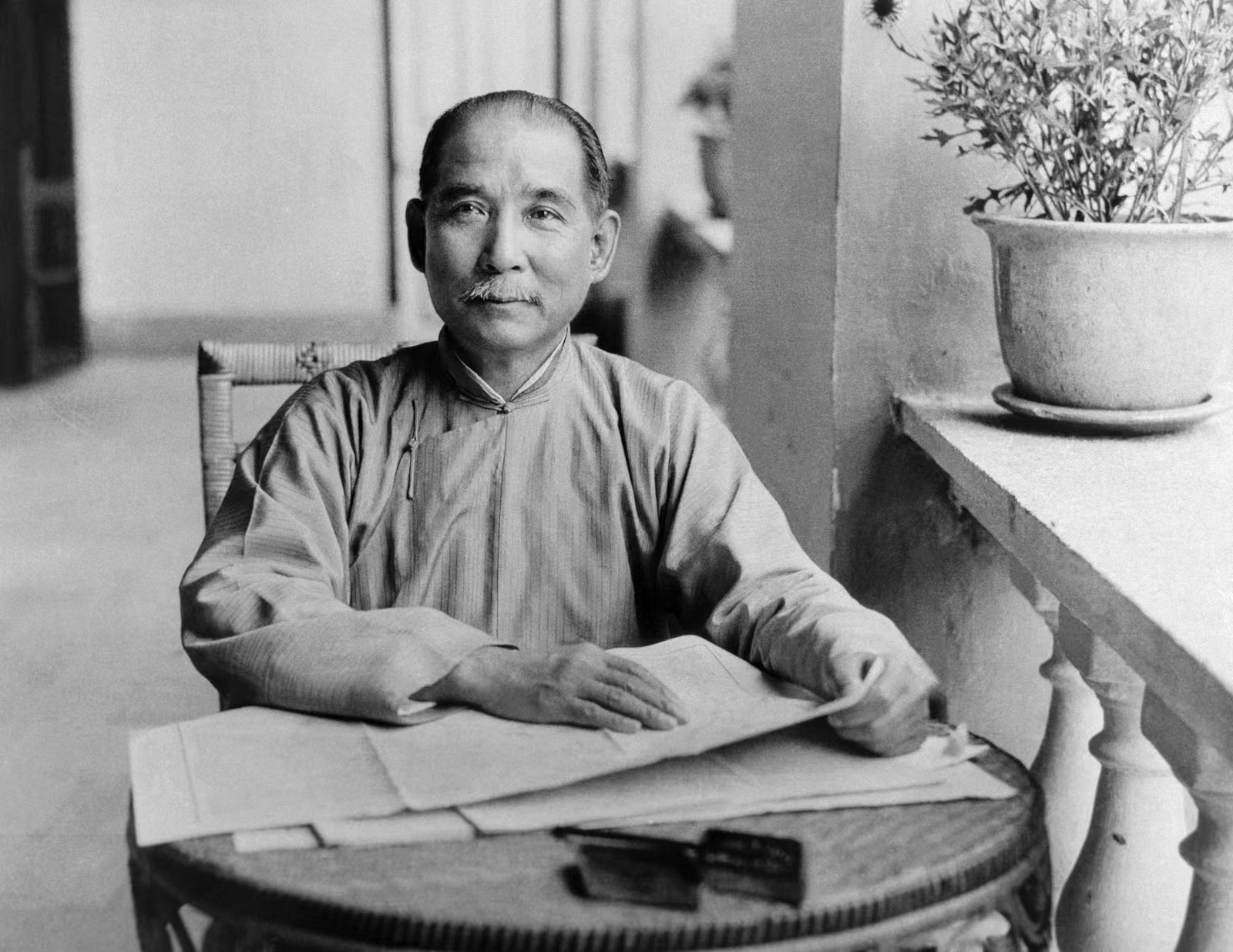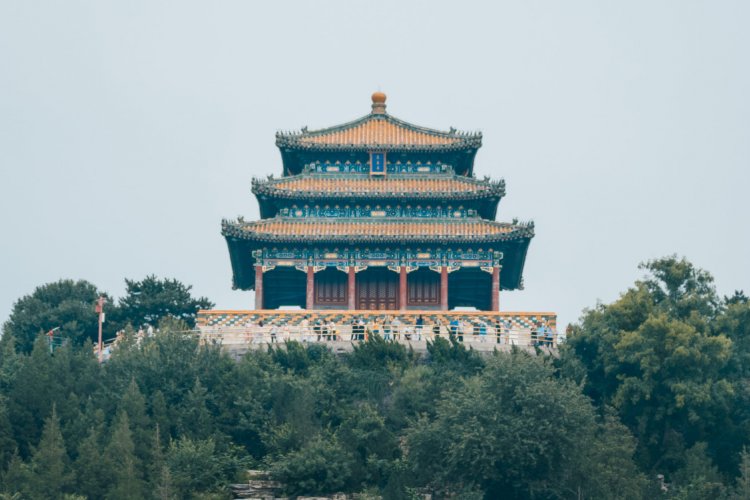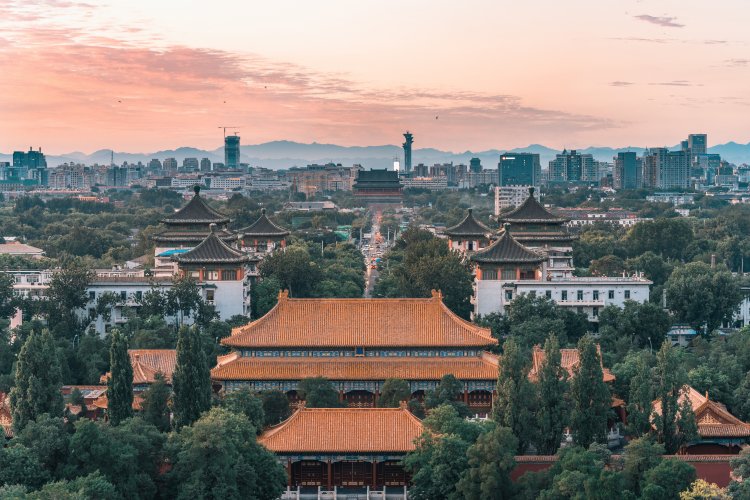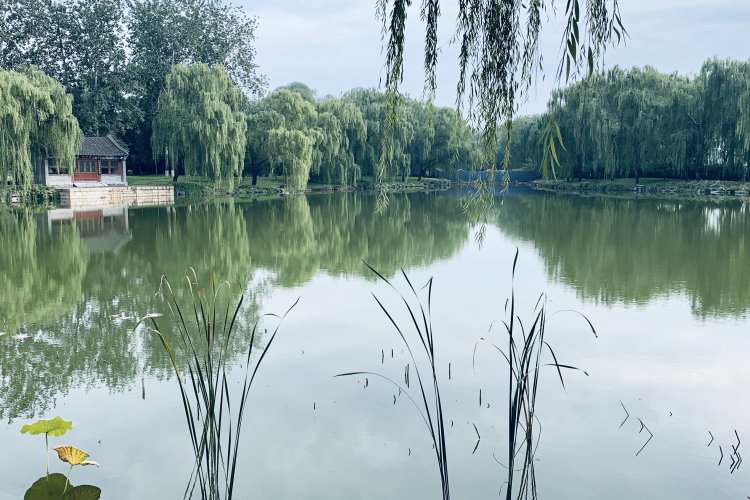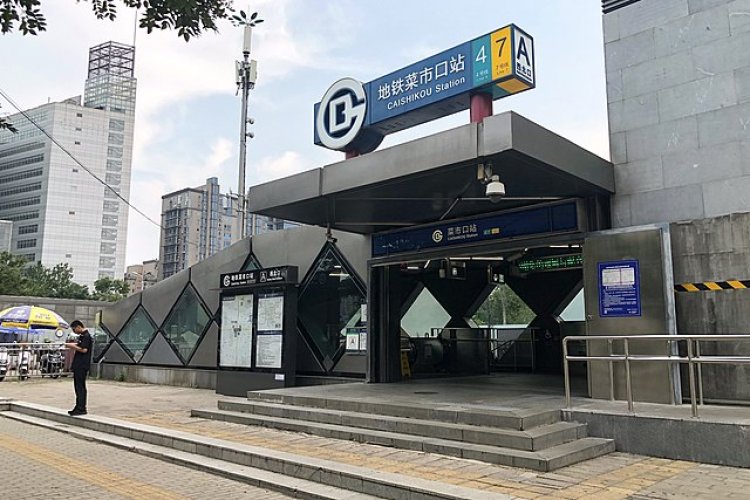Sun Yat-sen in Beijing: Life, Death, and Legacy
Today (Nov 12) marks the birthday of Sun Yat-sen (1866-1925). Sun is considered the “Father of Modern China” for his role in the events that led to the end of the Qing Dynasty and the establishment of the Republic of China with Sun as its first president in 1912. Sure, Sun was on a train in the United States and had to read about “his” revolution in a used copy of the Denver Post, and Sun's time as president lasted barely long enough for him to unpack and then re-pack his “World’s Best Boss” mug before turning the job over to Yuan Shikai, aka the Forrest Gump of awkward moments in modern Chinese history. But credit where it’s due, it was Sun who wrangled the squabbling and diverse groups all looking to bring down the dynasty into an alliance that was ultimately able to get it done.
He’s a revered figure. But what does Sun, born in Guangdong, raised in Hawaii, and buried in Nanjing (his preferred choice for the national capital), have to do with Beijing?

As a young man, Sun didn’t have a lot of nice things to say about the imperial capital. He visited Beijing in 1894 after being denied a a job with the late Qing reformer and uber-official Li Hongzhang. Sun traveled to Li’s office in Tianjin and even had a whole petition ready on how Sun would fix China if given the chance. Li wouldn’t even meet him, and a disappointed Sun switched from “Gee, reform could save this dynasty” to “Burn. It. All. Down.”
Sun later recalled, “arriving in Beijing, I saw the filth under the Manchu politics, a hundred times worse than Guangzhou, and then realized that rural politics is the cleanest in Chinese politics, the higher the level, the filthier."

Nevertheless, a few sites in today’s city are part of Sun’s legacy of activism, ideals, and occasional bouts of political courage.
Notably, Sun died here. When the Republic he helped establish was torn asunder by warlords, foreign powers, and their proxies, Sun worked to try and revive his vision for a resurgent and independent Chinese nation. For over a decade, Sun sought allies to help unite the country. In 1925, he was in Beijing negotiating with Feng Yuxiang, who had taken control of Beijing from a rival warlord. Like many important visitors to the capital, Sun first stayed at the Beijing Hotel on Chang’an Boulevard, located just outside the Legation Quarter and with a rooftop view overlooking the Forbidden City.
While in Beijing, Sun felt ill. He had been unwell for months, and doctors at the Peking Union Medical College (today the Xiehe Hospital on Dongdan Beidajie, although a few of the original medical school buildings can be seen around the corner on Dongdan Santiao) confirmed that Sun was suffering from cancer. Despite Peking Union being the top medical school in China, the doctors concluded Sun was beyond treatment.
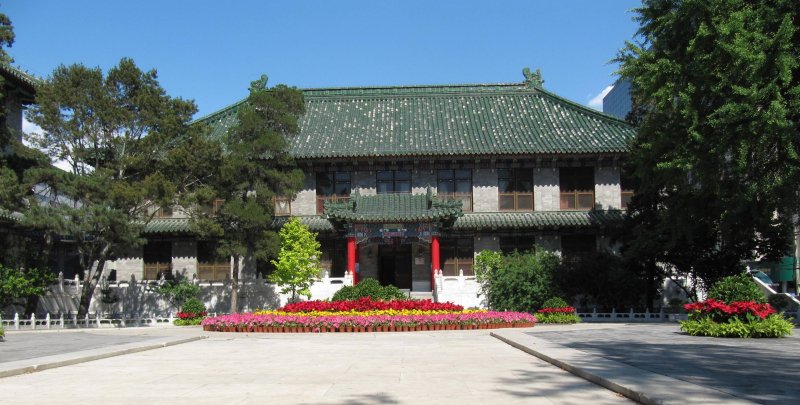
Sun moved to the home of his friend, Wellington Koo (Gu Weijun). Koo was a politician and diplomat who had represented China at the Paris Peace Conference after World War I and lived in a large courtyard at #23 on what is today Zhangzizhong Road. Sun continued receiving medical care and was attended to by his wife, Soong Ch’ing-ling, as friends and family came to say goodbye to the dying hero.
Sun passed away at Wellington Koo’s home on Mar 12, 1925. The hall where Sun died was converted into a memorial hall, containing a framed version of Sun’s last will and testament and a jade stone inscribed with the date and time of his death. Unfortunately, the complex is off-limits to visitors today, although the main gate of #23 is still visible from the street.
After a family ceremony at the chapel of the Peking Union Medical College on Mar 18, Sun’s coffin was transported in a solemn procession to what was then “Central Park.” It was later renamed Zhongshan Park in Sun’s honor. (Most Mandarin speakers refer to Sun Yat-sen as Sun Zhongshan, following the Chinese pronunciation of Sun’s Japanese alias "Nakayama" = Middle Mountain = Zhongshan).
Over 120,000 people turned out to watch the procession, including many members of the foreign community. Thousands more visited the main hall at Central Park to pay their respects to Sun.

In Apr 1925, Sun’s body was moved again and interred in a temporary grave at the Biyun Temple (Temple of the Azure Clouds) in the Western Hills of Beijing. The temple has a memorial hall for Sun Yat-sen with a few artifacts from Sun’s life and his temporary interment on the temple grounds.

Finally, in 1929, the government of Chiang Kai-shek, Sun’s former protege and successor as head of the Kuomintang Party, transported Sun’s remains to Nanjing and Sun’s final resting place in Zijun Mountain. Today, the Sun Yat-sen Mausoleum is one of Nanjing's most famous and visited sites.
A set of home movies filmed by the American minister to China, John Van Antwerp MacMurray, contains some footage of the elegant procession of Sun’s coffin as it traveled from the Western Hills across the city and through Zhengyang Gate (Qianmen) to the Old Railway Station where a specially decorated train waited to convey the coffin to Nanjing.

Sun’s widow, Soong Ch’ing-ling, lived in Beijing from 1962 until her death in 1981. One of the famous “Soong Sisters of Shanghai” (her younger sister, Mei-ling, married Chiang Kai-shek), Ch’ing-ling remained after the establishment of New China even as the rest of her extended family was moving out and moving on.

Her presence was seen as a form of legitimacy for the new government, establishing a link through Sun connecting 1911, which ended the imperial system, and 1949, which ushered in the PRC era. Today, Soong Ch’ing-ling’s residence on the northern shores of Houhai is open to the public. It features a very good museum of her life and that of her husband, Sun Yat-sen, with artifacts of their time together (including the German pistol Sun gave his young bride as a wedding present when they married in 1915).
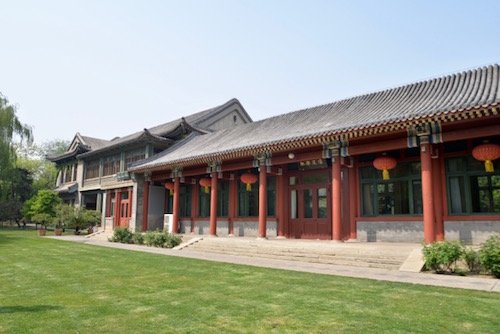
Sun Yat-sen's fame and legacy transcend any particular place or city, but if you're wandering the lanes and parks of Beijing this chilly weekend, have a thought for one of China's most famous figures on the 157th anniversary of his birth.
About the Author
Jeremiah Jenne earned his Ph.D. in Chinese history from the University of California, Davis, and taught Late Imperial and Modern China for over 15 years. He has lived in Beijing for nearly two decades and is the proprietor of Beijing by Foot, organizing history education programs and walking tours of the city, including deeper dives into the route and sites described here.
READ: Getting to Know Your Beijing Neighbors: E.T.C. Werner
Images: Wikimedia Commons

